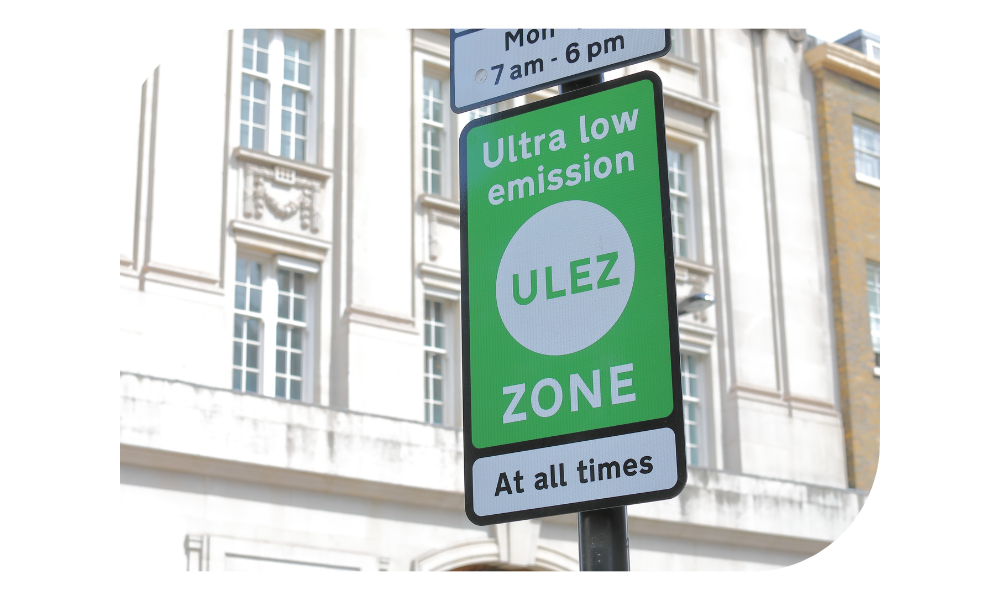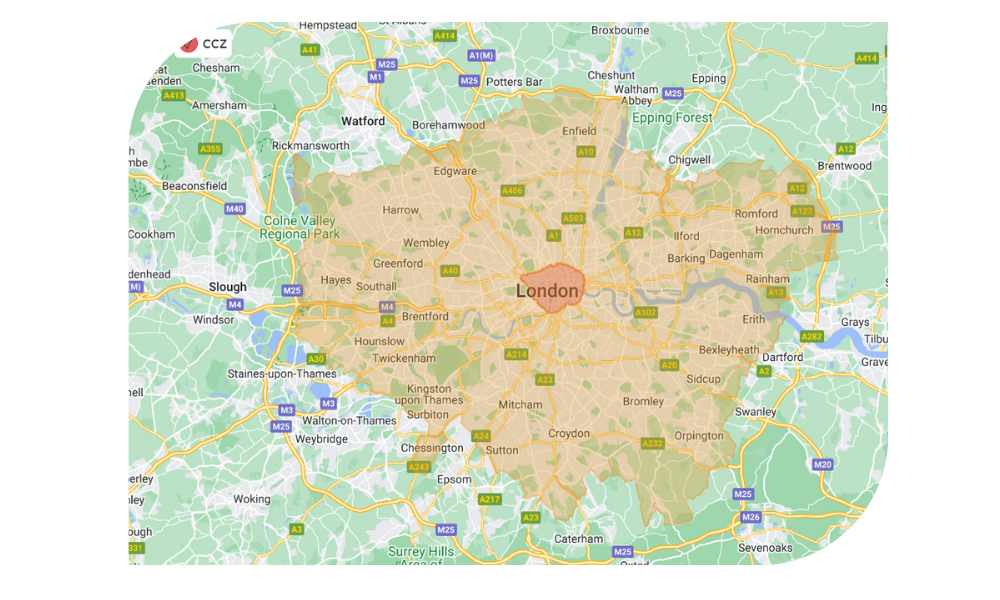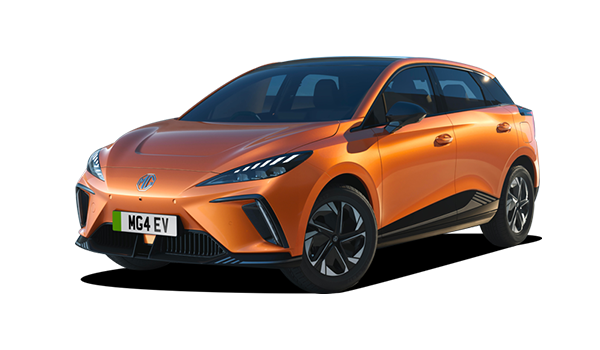Complete Guide to the UK’s Low Emission Zones
Find out more about the UK’s Low Emission Zones, who it affects and the charges associated. Including:
- What is a Low Emission Zone?
- What is the London Ultra Low Emission Zone?
- History of Low Emission Zones in the UK
- What is a Clean Air Zone and which cities have them?
- How can I check if my vehicle is compliant with the ULEZ/ CAZ requirements?
- What cars are exempt from Low Emission Zones?
- Going Electric with Tusker
What is a Low Emission Zone? (LEZ)
Low Emission Zones, typically implemented in urban areas, are strategies aimed at addressing air pollution caused by internal combustion engine vehicles. These zones deter specific types of vehicles from accessing designated areas.
Usually, this involves imposing a fee on vehicles that do not meet the minimum emissions standards required for entry into the zone.
The primary goal is to promote the usage of vehicles with lower emissions to enhance air quality, especially commercial vehicles.
It’s important to note that LEZs don’t outright prohibit higher-emission vehicles from entering; instead, they enforce daily charges for entry. Failing to pay the prescribed fee may result in substantial financial penalties.

What is the London Ultra Low Emission Zone?
In 2014 the Mayor of London announced plans for an ultra low emission zone (ULEZ) which was introduced in April 2019, and applies to more vehicle types, including cars, motorcycles and vans.
In October 2021 the ULEZ expanded to cover the area between the North and South Circular roads, and in August 2023 it was expanded again to cover Greater London. The ULEZ charge is currently £12.50 per day for non-compliant vehicles.

History of Low Emission Zones in the UK
Central London introduced a low emission zone for commercial vehicles like buses, lorries and coaches, in 2008. It has been expanded since to cover all London boroughs.
Many cities have since introduced their own, and they now operate in big cities such as Edinburgh, Glasgow, Bristol and several others, with more schemes planned for introduction in the next three years.

What is a Clean Air Zone and which cities have them?
Essentially, like with the London ULEZ, CAZs are areas within a city where the Council or Local Authority has aims to reduce air pollution. There are some cities which have introduced non-charging CAZ, where the focus is on traffic-flow management and local solutions to reroute traffic, rather than imposing a charge per vehicle.
Most CAZ are chargeable, where like with the London ULEZ, drivers pay a fee to drive into the designated area, if their vehicle is non-compliant.
There are four classes of CAZ: A, B, C and D. They exempt various vehicles, but the emissions standards are broadly in line with the London ULEZ.
- Bath (type C, private cars non-chargeable)
- Birmingham (type D, private cars are chargeable)
- Bristol (type D, private cars are chargeable)
- Portsmouth (type B, private cars non-chargeable)
- Bradford (type C, private cars non-chargeable)
- Newcastle and Gateshead (type C, private cars non-chargeable)
- Oxford (slightly different as this is a Zero Emission Zone, but private cars are chargeable)
- Sheffield (type C, private cars non-chargeable)
- Glasgow (type D, private cars are chargeable)
*list correct as of 14/6/23
How can I check if my vehicle is compliant with the ULEZ/ CAZ requirements?
The Government’s Joint Air Quality Unit have an online vehicle checker to help drivers prepare for Clean Air Zone: https://www.gov.uk/clean-air-zones
Simply enter your vehicle’s registration number and this free tool will tell you if there’s a daily charge to drive your vehicle in a specific Clean Air Zone.
To check whether you’ll be charged for driving in the London ULEZ or LEZ, use the TfL vehicle checker instead: https://tfl.gov.uk/modes/driving/low-emission-zone/your-vehicle-and-lez

What cars are exempt from LEZ’s?
Generally speaking, based on London’s Low Emission Zones, petrol vehicles with a Euro 4 emission standard and diesel vehicles with a Euro 6 emission standard are exempt from the LEZ charges. Motorcycles must have a Euro 3 emission standard. Petrol vehicles that do meet this standard are commonly those registered after 2006 with the DVLA, while diesels are those registered after 2016. However, if you are unsure do check using the Government website or Transport for London.
https://www.gov.uk/guidance/driving-in-a-clean-air-zone
Electric cars produce zero tailpipe emissions, and so do not pay the ULEZ/CAZ charge at all. In fact, they’ll never have to, as they have no emissions. The news gets even better as a new EV on your driveway is more attainable than ever before with Tusker’s salary sacrifice scheme. One predictable monthly amount will get you on the road, fully insured and with the peace of mind that this also includes any vehicle maintenance, and no road charges for emissions.

Go Electric with Tusker
Driving an electric vehicle (EV) can prove to be more economical than traditional petrol or diesel cars, thanks to the benefits of salary sacrifice. In 2022, individuals who opted for a brand-new battery electric vehicle through a salary sacrifice scheme saved on average, an impressive £291 per month.
The Tusker salary sacrifice scheme includes insurance, breakdown coverage, and maintenance, often without requiring an initial deposit. This means that the potential for savings throughout the vehicle lease period could be even more substantial than the £291 per month in the long run.
*Our pricing varies according to personal circumstances, scheme parameters, mileage and length of agreement. These prices are based on a 40% taxpayer driving 5000 miles per annum for 36 months.


